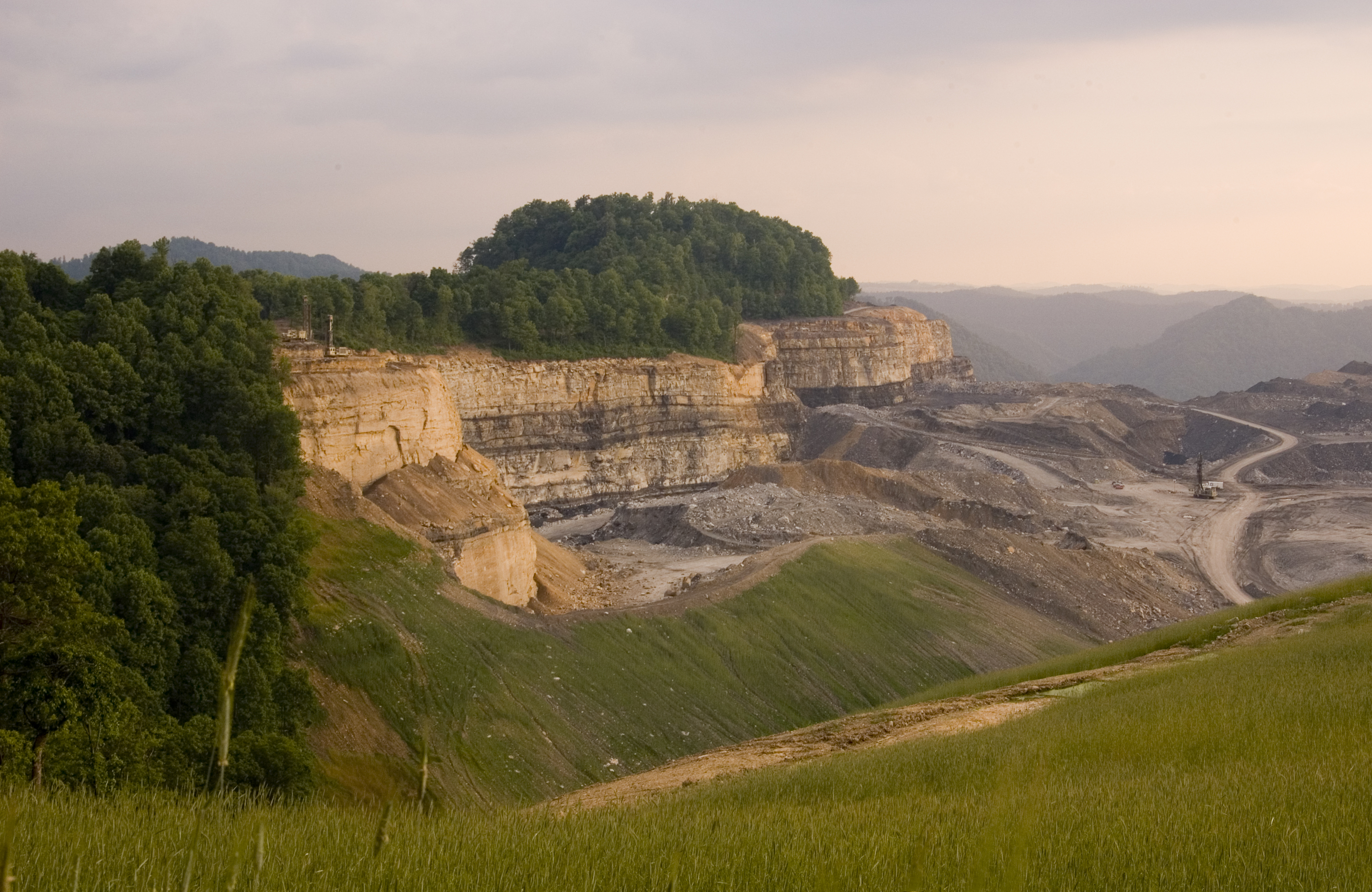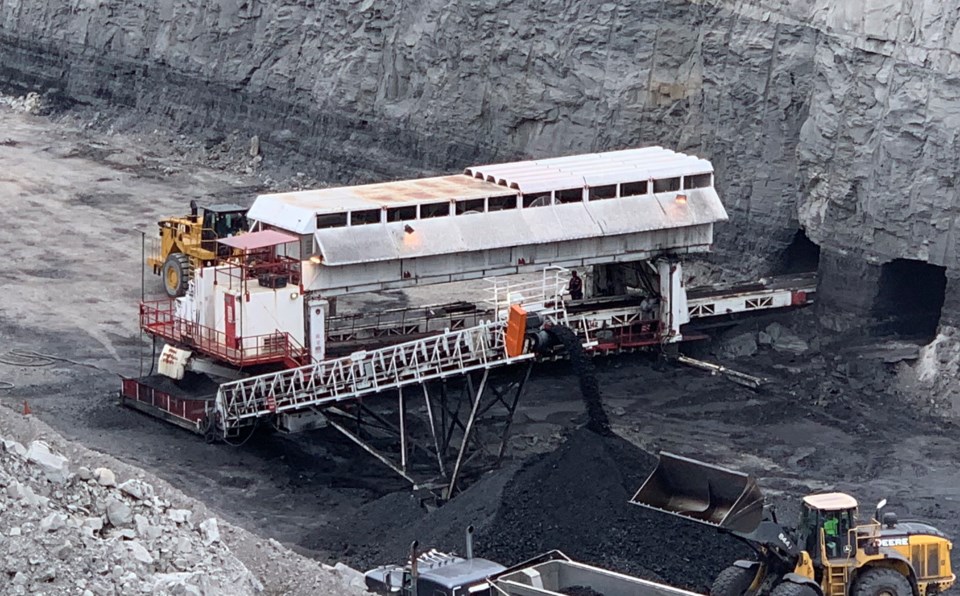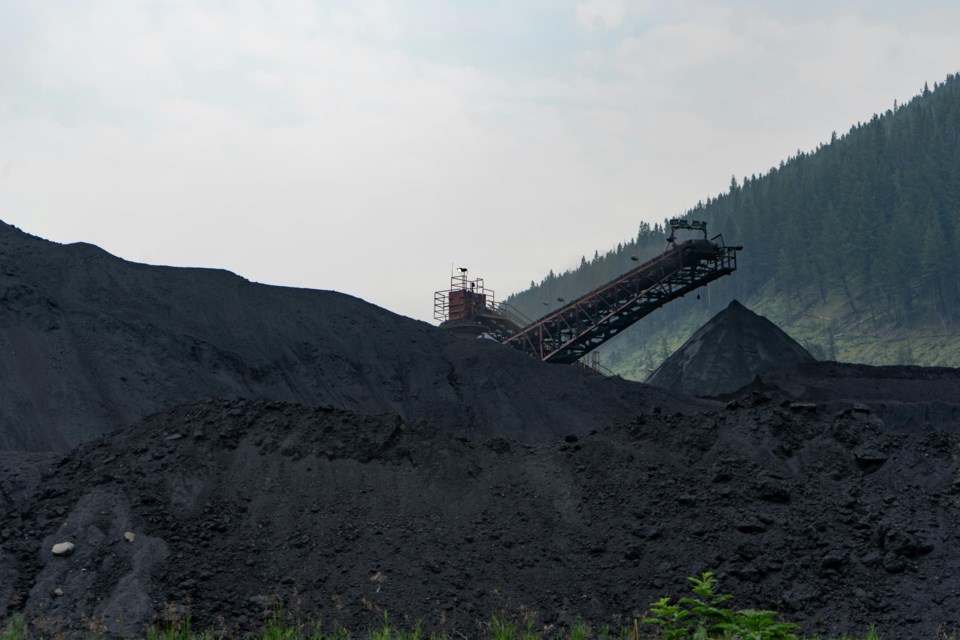Alberta’s modernized coal rules will permit strip mining and other surface mining techniques in the Rockies and foothills. Scientists and conservationists are skeptical of the government’s claims these mining practices will reduce environmental contamination risks.
When Energy and Minerals minister Brian Jean introduced Alberta’s Coal Industry Modernization Initiative in December, he said the new policy direction will reflect the highest environmental standards and that new proposals will need to be underground mines or use mining technologies to minimize overburden and prevent pollution.
The forthcoming regulations will ban mountain top removal mining and new open-pit mines, with exceptions for advanced projects. Along with underground mining, the list of techniques that meet government standards includes various conventional surface mining methods
"There are a variety of technical techniques: highwall, contour mining, auger mining, self-contained progressive reclamation mining, etc. The important part for our purposes is that we want to minimize the movement and displacement of overburden. We don’t want overburden to leach out selenium,” a spokesperson for Energy and Minerals said.
Contour mining is one of the two main types of strip mining and is used in uneven terrain where a coal seam follows the curves of foothills or other outcrops, such as the steep slopes of the Appalachian coalfields.
Augur mining and highwall mining are techniques used to recover coal adjacent to areas already cleared during surface mining and involve boring horizontally into partially exposed coal seams.

The minister’s office said large-scale strip-mining operations like those found on the prairies, also called area mining, aren’t suitable in the foothills because the “coal isn’t on the surface in a flat way that allows a large strip mine.” There are no established regulations for how much overburden can be removed or size limits for mining operations, but the ministry is “consulting with industry on the details.”
Dr. Bill Donahue, independent scientist and former executive director of science for Alberta Environment, says the types of surface mining identified by the province are also known to cause selenium and toxic metal contamination, and it is unclear what Alberta's government means by minimizing overburden.
“Does that mean just anything lower than what you would expect if you're just blasting the whole mountain apart? I'd say there are a lot of caveats in what they're saying,” Donahue said.
“In terms of strip mining versus pit mining, I don't know how much of a difference there is going to be. Because when you're doing it on the side of a mountain, water flows downhill. And I don't see how that's not going to end up being a huge selenium pump.”
Selenium is a naturally occurring element found in rock among coal formations. When exposed to water and air, the element chemically transforms into a bioavailable form of selenium that seeps out of the rock into groundwater or nearby streams or rivers. At elevated levels, selenium is toxic to aquatic life and has been linked to mass death of fish downstream from coal mines.
“The problem is the cumulative waste rock,” not necessarily how much overburden is displaced at once, Donahue said. Preventing selenium leaching into waterways during excavation, processing, and reclamation has been an enduring challenge for the mining industry. “If it were easy, it would be going on everywhere. And yet, selenium is the major problem at most coal mines,” he said.

Donahue said the government of Alberta should release the scientific evidence that informed its position on contamination risks associated with contour mining and other surface mining techniques.
Kennedy Halvorson, conservation specialist with the Alberta Wilderness Association, said it is concerning that the government is largely focused on consultation with the coal industry to determine policy when coal affects many different parties.
“The initiative assumes that we have best management practices that will be sufficient to prevent like contamination in our watersheds, or that we will produce new technologies to be developed by industry to do so. But despite the industries very regular assurances, this has yet to happen,” Halvarson said.
“Even in the most environmentally friendly mines, we still see incidents of environmental degradation. There’s just no environmentally friendly way to do coal mining. So, I think they’re over relying on this belief that they’ll come up with a technology to keep things like selenium out of the water, and that’s just yet to be true.”
Alberta’s coal mining regulations are expected by the end of 2025.




